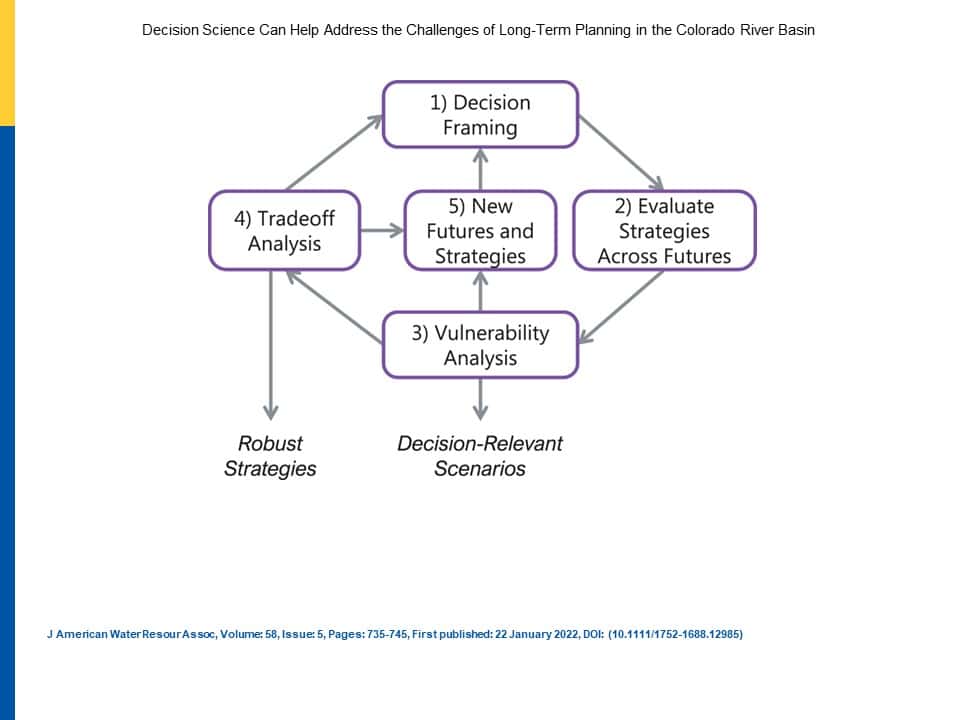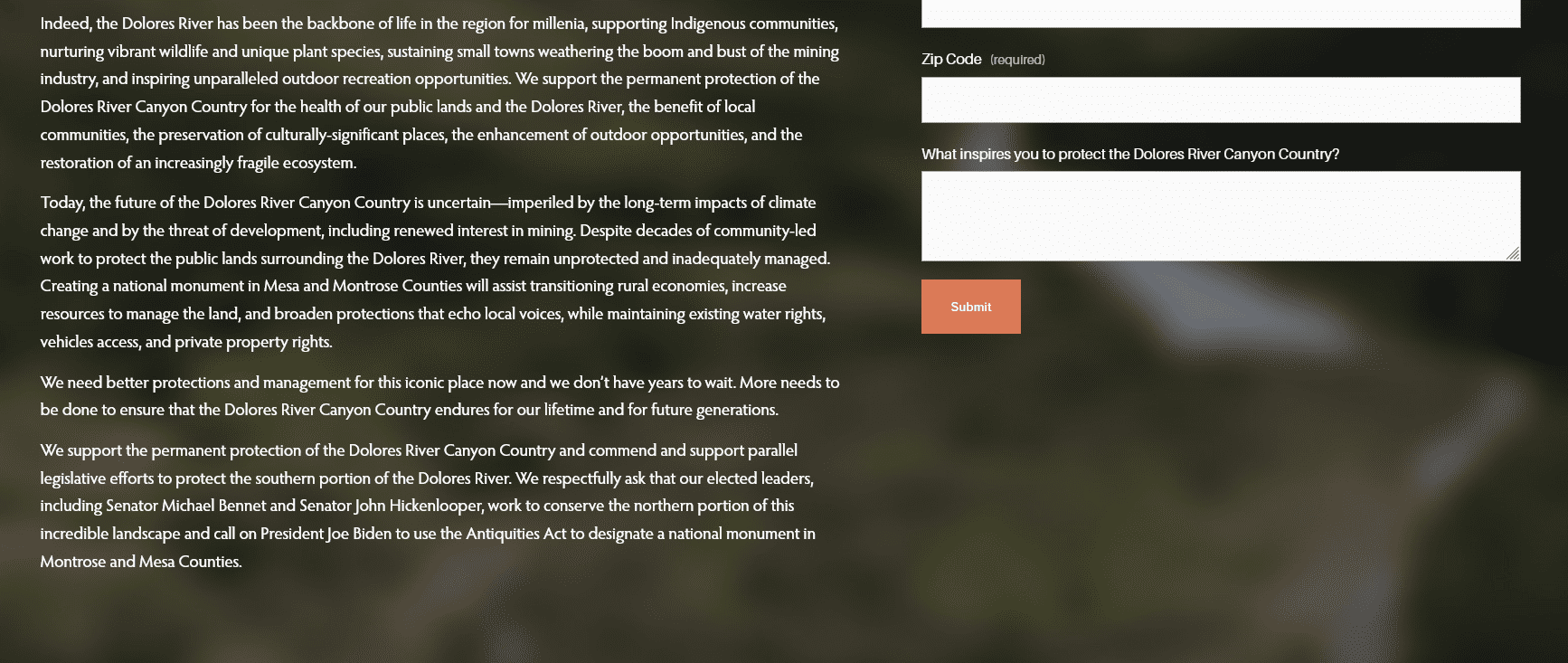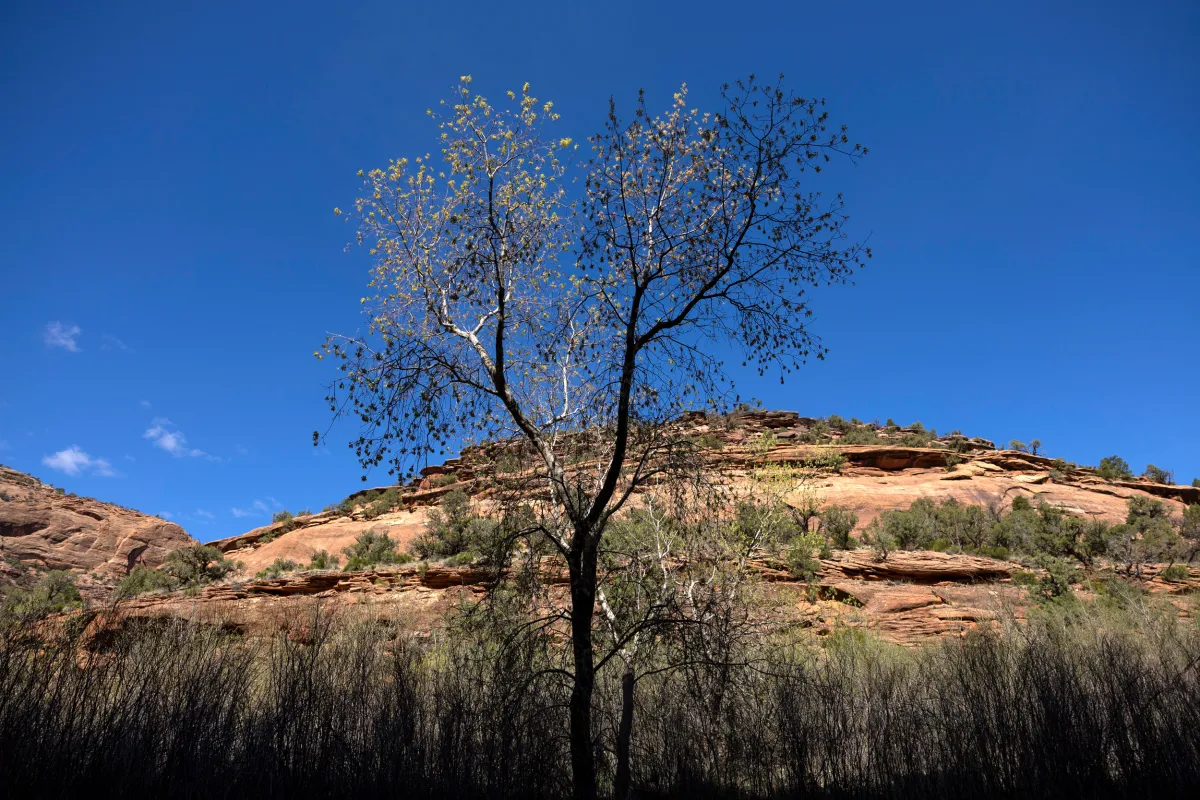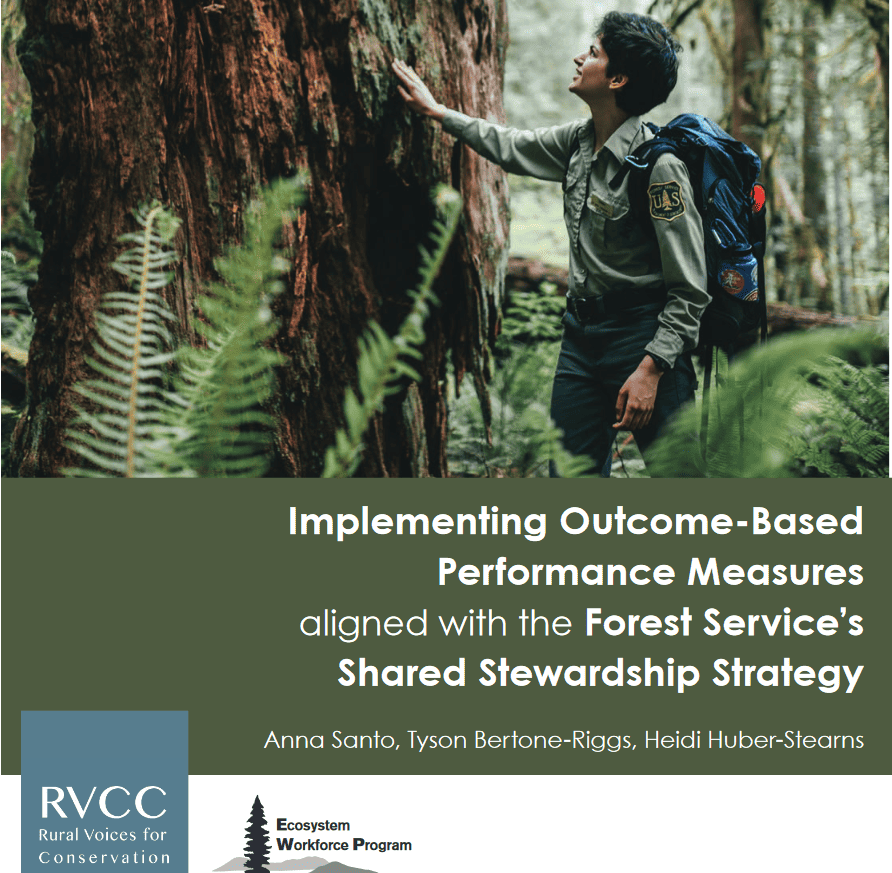Thanks to a TSW reader for this. Anyone interested in viewing and reporting back, please let me know.
Biden officials due on the Hill to address wildfire crisis
Two Senate committees plan hearings this week on reducing the threat of wildfires for forests and nearby communities.
**************
On Tuesday, The Energy and Natural Resources Committee will take testimony from Biden administration officials on the findings and recommendations of a federal wildfire commission created through the bipartisan infrastructure law.
On Thursday, the Homeland Security and Governmental Affairs Committee will hear from state, federal and local officials on responding to the continuing crisis.
The federal commission’s report issued in September 2023 lays out the situation in and around the nation’s forests, especially in areas of the West prone to drought and other climate-related dangers.
Federal fire suppression costs exceed $2.5 billion a year, and total wildfire costs across all types of landscapes and ownership may be in the tens or hundreds of billions of dollars a year.
Commissioners — made up of state and local officials, researchers and others — recommended greater coordination among officials at all levels of government, including tribal agencies, as well as a re-thinking of land management approaches.
At the same time, the leaders on Energy and Natural Resources, Chair Joe Manchin (D-W.Va.) and ranking member John Barrasso (R-Wyo.) have pushed their own solutions to the problem.
Last fall, they introduced legislation titled the “Promoting Effective Forest Management Act,” S. 2867, which would tilt federal policy toward timber harvesting by boosting logging workforce training, requiring forest-thinning targets and pushing back on Biden administration policies that could result in less harvesting of mature and old growth trees.
The Biden administration, however, has been cool to the proposal, as well as a separate revegetation plan from Manchin.
Officials from both the Interior and Agriculture departments, among others, will be on hand to answer questions about the recent wildfire commission’s report.
The report noted that the federal government has put more money into reducing hazardous fuels such as dead trees or thick overgrowth, but it said officials have paid less attention to reducing the danger in built-up environments. Emphasis could be placed on fire-safe construction and defensible space near homes and other buildings, for instance, the report concluded.
As a person with several friends in the local wildfire preparation space, it seems to me that the way the Commission was structured did not necessarily hear from the “boots on the ground” community types and the difficulties they run into, accessing and spending the federal dollars that are already there. Again, as I’ve said before, it’s not about homes alone, it’s about infrastructure and barns and animals and evacuations and so on.
In addition, the report said, federal officials should consider policies that encourage a new relationship with fire, recognizing fire as an “integral and beneficial component” of forest management.
The commission said the government should “dramatically increase” the use of prescribed fire and cultural burning practices to make fire-adapted forest more resilient, in addition to maintaining timber harvesting, forest thinning and managed grazing of livestock.
Fire use
The recommendation for greater use of fire may raise questions with some lawmakers, as many Western communities already struggle with smoke from wildfires and face public pressure not to create more with fires lit on purpose.Allowing some naturally lit fires to burn for ecological benefit is still more divisive, as some lawmakers and policy advocates press the U.S. Forest Service to return to an old policy of quickly extinguishing every reported fire, especially in places experiencing drought.
All of those approaches together are needed to lessen the crisis, while the government helps communities to coexist with wildland fire that’s a natural part of the landscape in many areas.
“Just as there is no single cause of this crisis, there is no single solution,” the report said.
Such changes will come at a cost, the report said, including establishing a year-round federal workforce aimed at wildfire policy and increasing wages and benefits for firefighters.
Congress has acted on the wages, extending a raise implemented a few years ago by the Biden administration, most recently in appropriations for the current fiscal year that ends Sept. 30. But lawmakers have done so in patchwork fashion in recent years, advocates say, failing to make the increases permanent and ensuring that the money will be available for the long term.
The Government Accountability Office, among witnesses for the Homeland Security hearing, has made several recommendations on wildfire policies, including tightening controls on contracted services and procurement for disaster recovery, bettering recruitment and retention of wildland firefighters and improving delivery of post-fire assistance from the Federal Emergency Management Agency and the Department of Housing and Urban Development.
Schedule: The Energy and Natural Resources hearing is Tuesday, March 12, at 10 a.m. in 366 Dirksen and via webcast.
Witnesses:
Meryl Harrell, deputy undersecretary, natural resources and environment, Department of Agriculture.
Joan Mooney, principal deputy assistant secretary for policy, management and budget, Department of the Interior.
Cody Desautel, executive director, Confederated Tribes of the Colville Reservation.
Madelene McDonald, senior watershed scientist, Denver Water.
Kelly Norris, Wyoming state forester.
Schedule: The Homeland Security and Governmental Affairs hearing is Thursday, March 14, at 10 a.m. in 342 Dirksen and via webcast.
Witnesses:
Lori Moore-Merrell, administrator, U.S. Fire Administration.
David Fogerson, chief, Division on Emergency Management and Office of Homeland Security, Nevada Department of Public Safety.
Jamie Barnes, director, Forestry, Fire and State Lands, Utah Department of Natural Resources.
Lucinda Andreani, deputy county manager and Flood Control District administrator, Coconino County, Arizona.
Christopher Currie, director, Homeland Security and Justice, Government Accountability Office.




